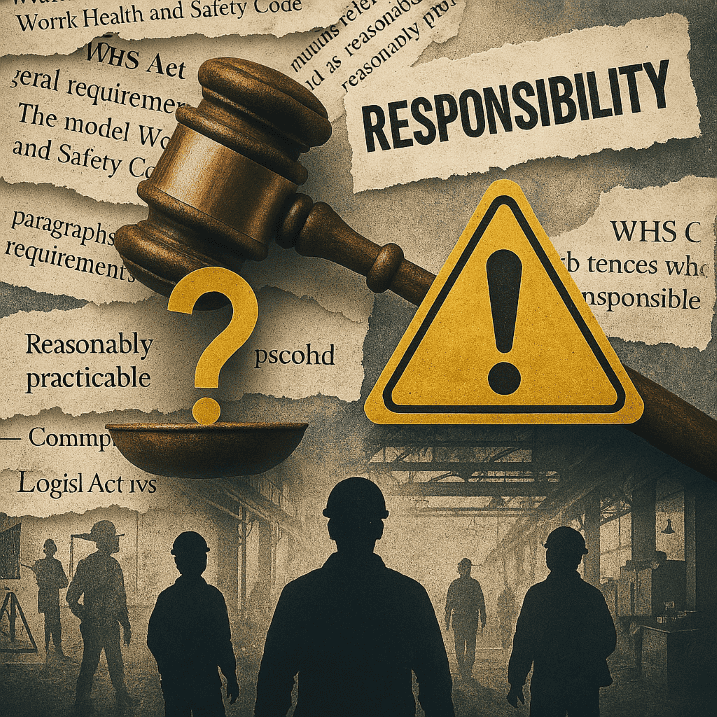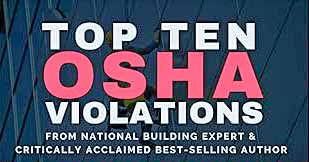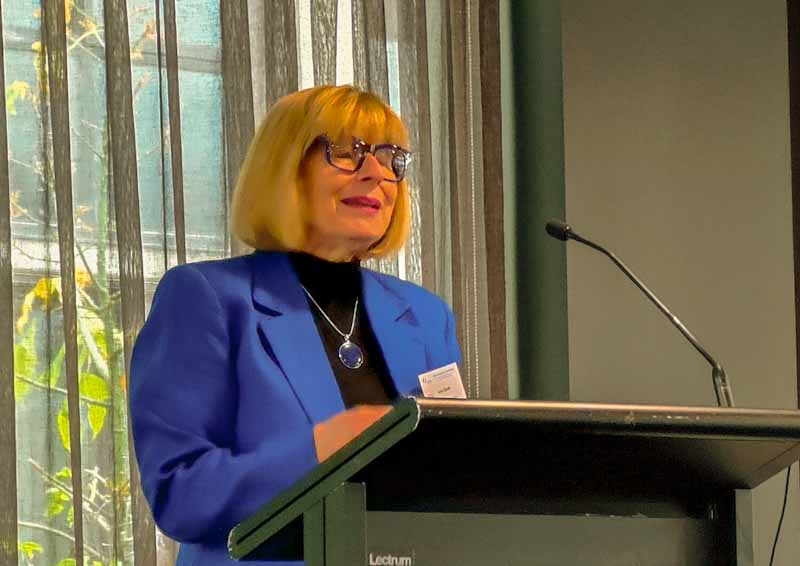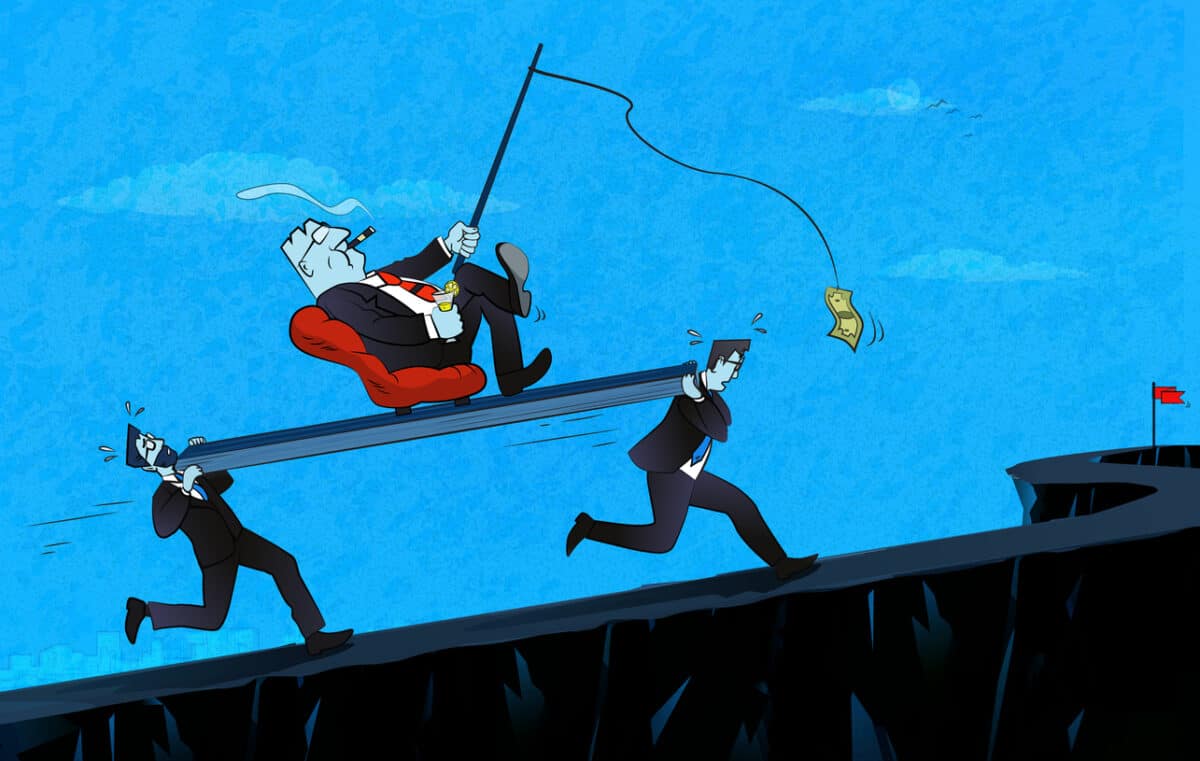The New South Wales (Labor) government has amended its work health and safety and industrial relations laws. These changes have been described as “substantial” in one legal opinion, but the changes reflect the management of company liability more than preventing harm.
Category: Inspectors
Confronting Union Thuggery that Undermines Workplace Safety
Militant construction unions in Australia have damaged the relationship between the community and the trade union movement. Although the typical trade union member may be a nurse, a teacher, or a public servant, most would depict a member as a big, aggressive, rude, and domineering man. Australia’s trade union movement is trying to redress this perception, but it cannot progress until it eliminates the unsafe behaviour of the organisers of the Construction Forestry Mining and Energy Union (CFMEU). The Queensland government is set to give reform a red-hot go.
A cheap introduction to regulatory risks
There is a curious set of self-published safety-related books by Lance Luke. They seem to feature on Amazon, so I purchased one to satisfy my curiosity. “Top Ten OSHA Violations” is a thin, low-cost book that is little more than one may see in an occupational health and safety (OHS) convention – snappy, click-bait title, minimal explanation and several case studies. This is not a book regarding any evidence beyond the extensive lived experience of the author. So what are the top 10?
Continue reading “A cheap introduction to regulatory risks”Culture of Compliance and the Fair Work Ombudsman
On the morning of day one of the Australian Labor Law Association (ALLA) National Conference, the Fair Work Ombudsman, Anna Booth, mentioned a “culture of compliance.”
She explained the culture of compliance by revealing data in several industry sectors about significant non-compliance based on the activities of the Fair Work Ombudsman inspectors. So, it’s perhaps more important to talk about a non-compliance culture rather than a compliance culture.
Industrial Manslaughter distracts from what really works
South Australia’s Industrial Manslaughter Bill is being negotiated in its Parliament. New South Wales’ version is in development, and Tasmania has said it does not want to be left out, so the government has flagged its intention to have Industrial Manslaughter (IM) laws. Each politician stresses the importance of these laws to deter employers from doing the wrong thing and causing the death of a worker. However, there are serious concerns about the intended deterrent effect when other occupational health and safety (OHS) measures have been shown to be more effective.
OHS and exploitation
Work-related harm is often generated by exploitation, but exploitation is a term rarely used by the occupational health and safety (OHS) profession. If it was, the OHS approach to harm prevention may be very different, especially now that a safe and healthy working environment is a fundamental right.
Perhaps the omission of exploitation is not that surprising. It is often seen through the lens of industrial relations, and a flexible demarcation often exists between IR and OHS. It is important to note that the International Labour Organisation’s Glossary of OSH terms also fails to include exploitation though it is from 1993.
However, a recent report from the Grattan Institute, Short-changed: How to stop the exploitation of migrant workers in Australia, does discuss workplace health and safety as an element of worker exploitation.
WorkSafe Tasmania is not cooperating
In December 2021, five children died, and others were injured when an inflatable jumping castle lifted into the air after a strong gust of wind. WorkSafe Tasmania continues to investigate the incident, as is the Tasmanian Coroner. Recently the Coroner postponed the inquest because WorkSafe would not provide documents essential to the process, prolonging the grief of the families and the local community who want, and need, answers.







